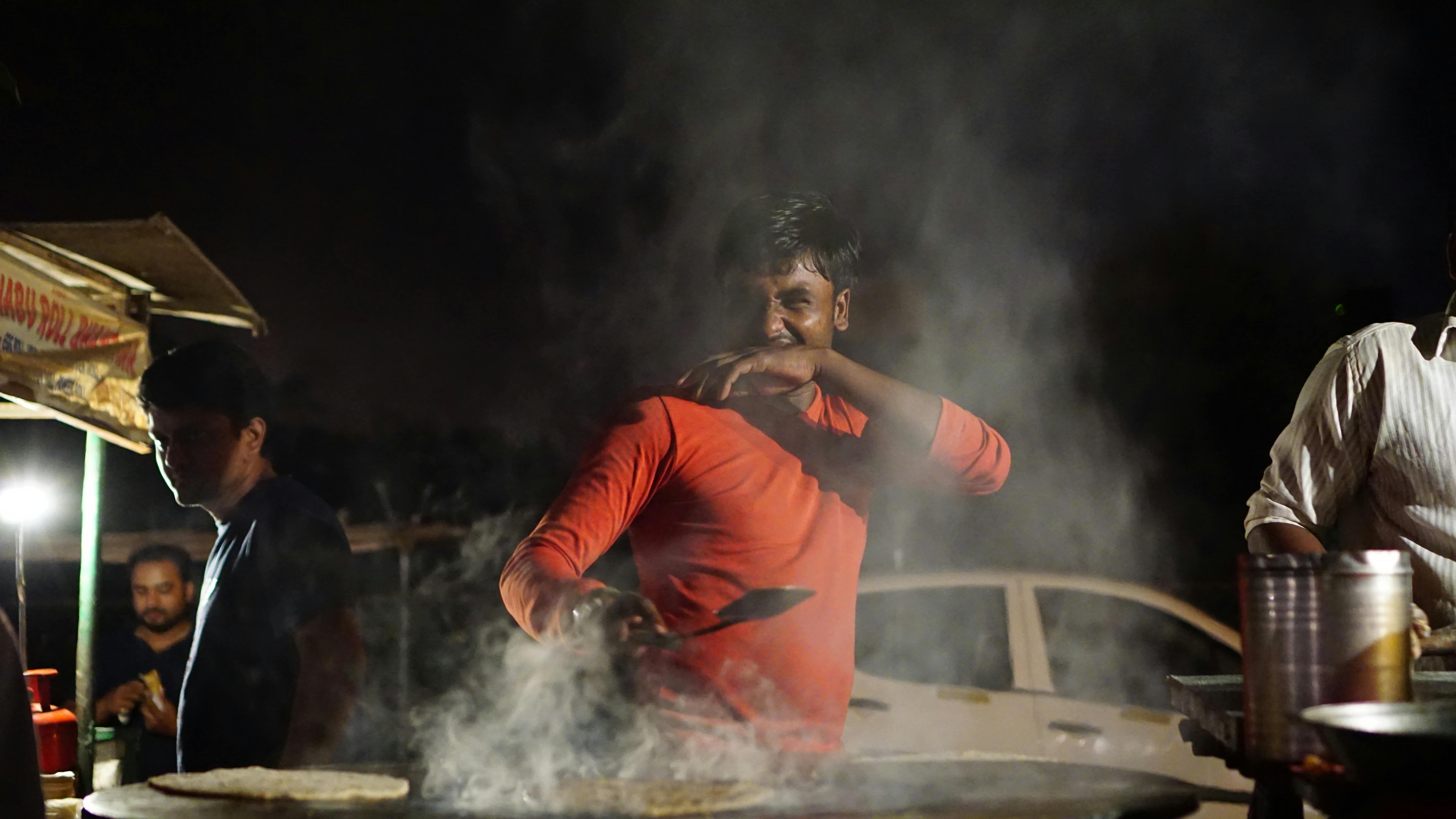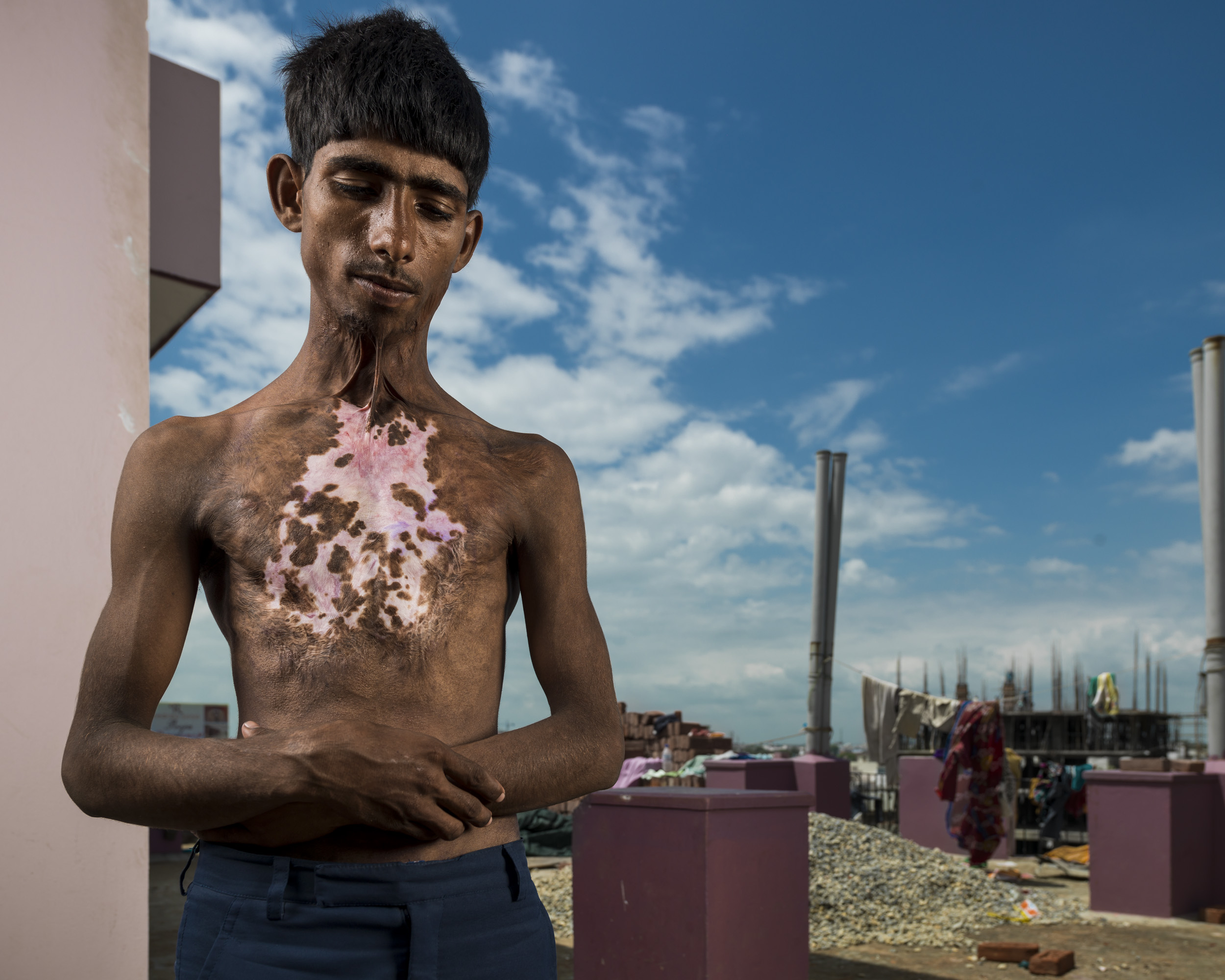


They arrive at crematoriums with bodies, only to be turned away. In all of February, the death toll was 57, and in March 117.Īs if the trauma of losing a loved one to the virus so suddenly is not enough, there is more grief in store for relatives who are not even able to give them a proper send-off. almost all Delhi crematoriums are flooded with dead bodies," Vineeta Massey, the owner of Massey Funerals, told PTI.īy official count, 3,601 people have died this month, of them 2,267 in the last seven days alone in the second wave of the Covid-19 pandemic which is terrorising and tormenting the city. People are moving with the dead bodies of their loved ones from pillar to post. "I have not seen such a bad situation ever before in my life. Shaking Delhi's spirit and soul, an unimaginable tragedy is unfolding at New Delhi's crematoriums struggling to cope with the deluge of the dead arriving at a frightening pace. Nearby, lying unattended on the floor, and in scores of parked vehicles, more corpses awaited their turn, which relatives were told would come 16 to 20 hours later. A view of Subhash Nagar Crematorium where a long queue of bodies of Covid-19 victims wait for cremation in New Delhi on Tuesday. Relatives wait until the body is completely burnt.Under the high tin roof, 50 funeral pyres burned fiercely on Tuesday, the hot air filled with smoke, fine ash, and muted sobs of shell-shocked families. With a lit log of wood he lights the pyre on all four sides while the priest recites prayers to Agni. After going around the pyre thrice, he stands at the head of the body and drops the pot so that it breaks. The son goes around the pyre three times with a pot of water he brings with him. More logs of wood are placed on the top of the body. The hair and nails of the corpse are trimmed and the corpse is again bathed in the preparation of the journey ahead. The pyre is built according to the specifications given in the Ashvalayana Grihyasutra for the type of wood to be used, the size of the pyre. The place is purified by sprinkling water using stalks of durva. After reaching the cremation ground a suitable place is chosen for the funeral pyre. A woman's husband, eldest son or brother performs her ceremony. If a man is dead then a man's eldest son performs the funeral ceremonies or any close male relatives. If the cremation ground is located at a distance then the stretcher is placed on a vehicle. The dead body facing upwards is put on the stretcher and then carried on the shoulders of four closest male relatives of the deceased person. The body is adorned with gold jewels and also with garlands of different flowers like jasmine, roses and marigolds and the body is almost covered with the flowers. Few basil leaves (tulsi) is soaked in Ganga water is put into the mouth of the deceased so that the soul attains liberation. On the head Bhasma or sacred ash is applied especially for the worshippers of Lord Shiva (Saivites) and sandalwood paste is applied if the dead was the worshipper of Lord Vishnu. For the male and widow white clothes are used and for married women whose husband is still alive or a young unmarried girl, red or yellow dress is used. Giving a bath and then dressing him/her in new clothes purify the dead body. The dead body is considered to be impure, physical contact with the dead body is avoided so that infections and germs do not spread to others. A burning oil lamp is placed near the dead body which burns continuously for the first three days. The dead body of the person is placed on the floor with the head pointing towards the North. If a man dies away from home, by performing proper rites he is cremated at home by using an effigy made of kusha grass. When a pregnant woman dies she is cremated but her foetus is removed and buried. For suicide related deaths or rather unnatural deaths Antyesti is also not performed. So a burial ceremony is detailed in the scriptures. Since a sanyasi is believed to have overcome all his sins by doing penance and therefore does not require purification. Conventionally, these rites are not meant for young children, unmarried girls and ascetics or sanyasis as young children and unmarried girls were then generally immersed in river. According to Hinduism burning the dead body liberates the soul quickly as the old body is disposed more quickly than any forms of disposal and can enter the new body. C remation is the way of the disposing off the dead body according to Hinduism by burning the deceased in the holy fire.


 0 kommentar(er)
0 kommentar(er)
